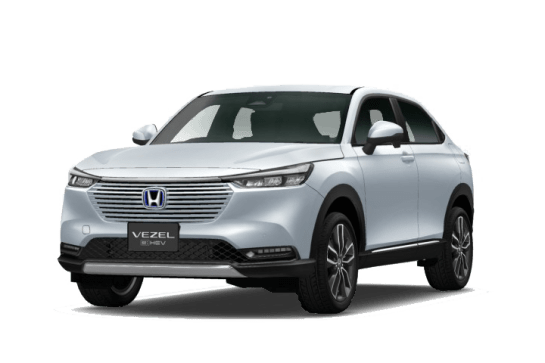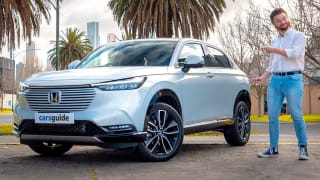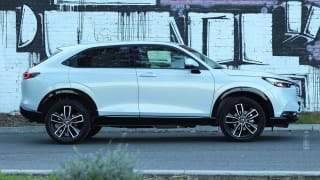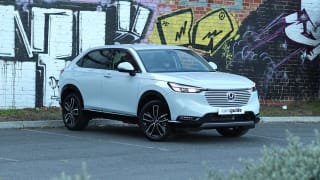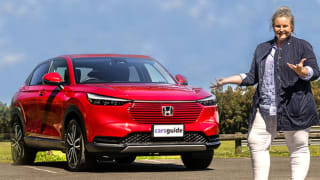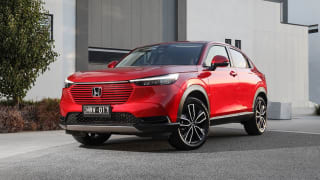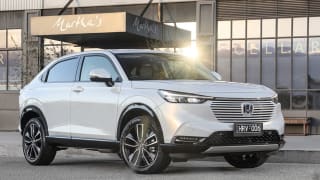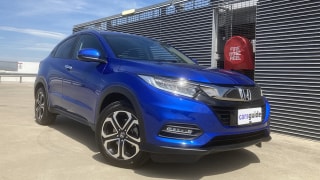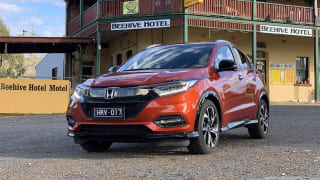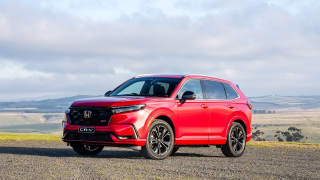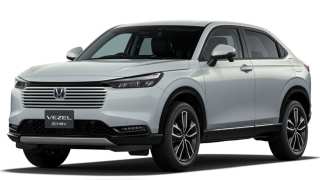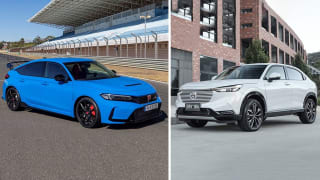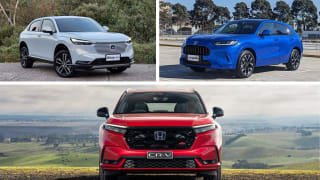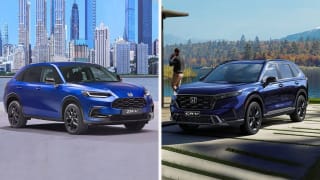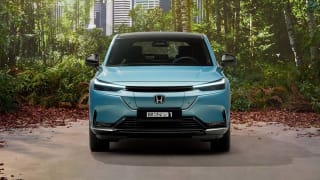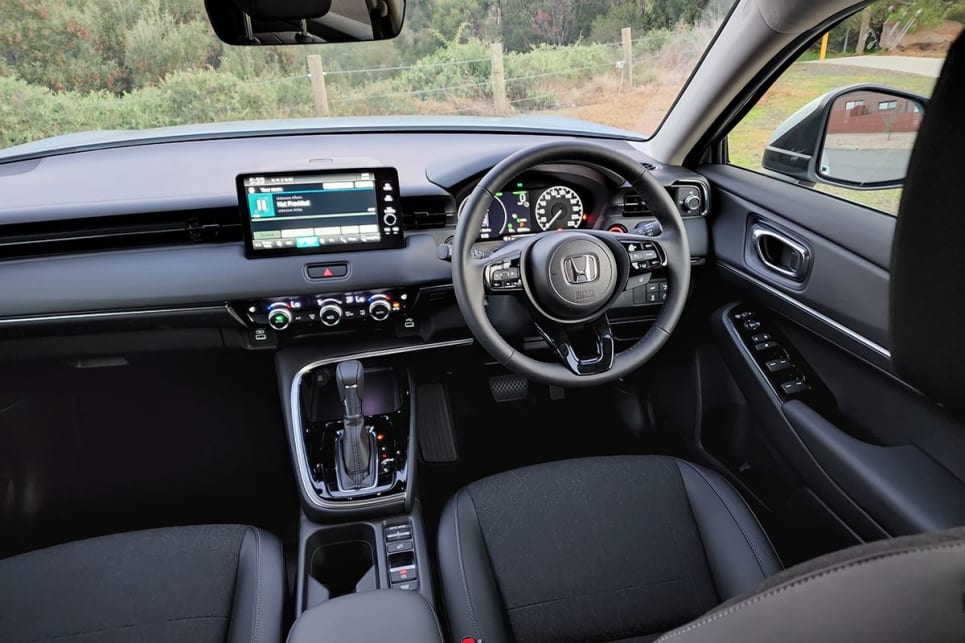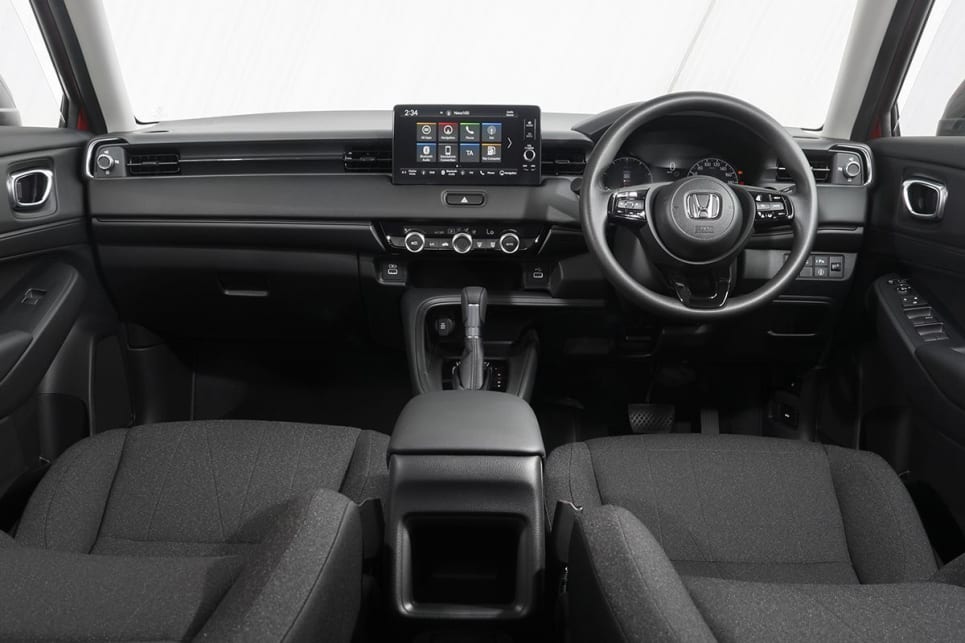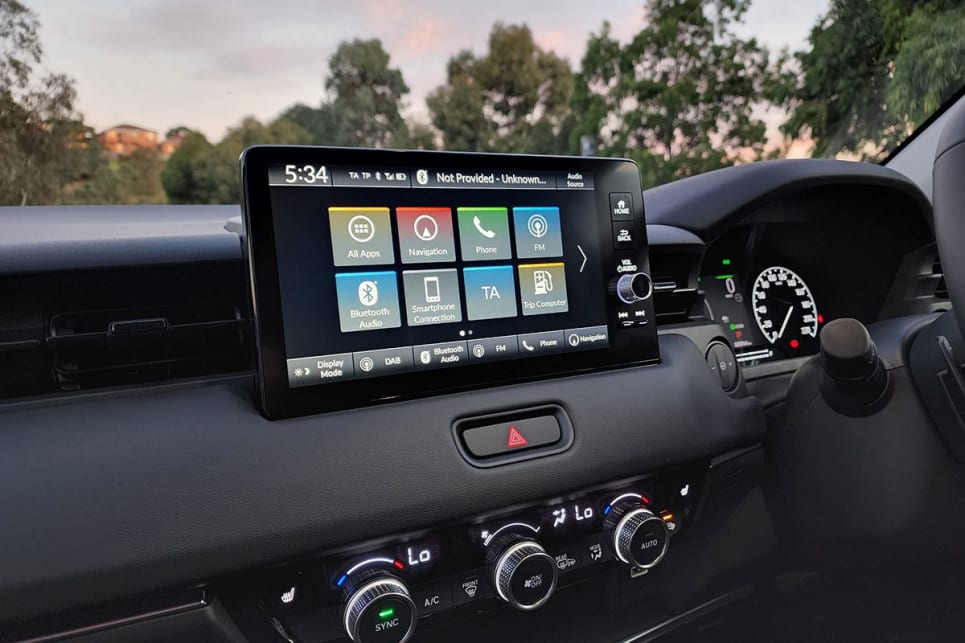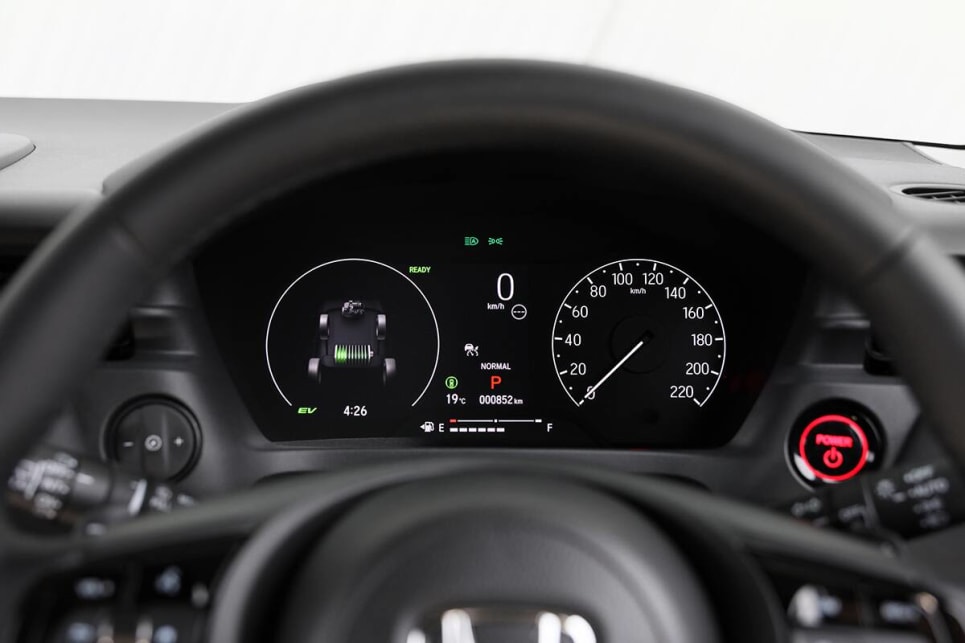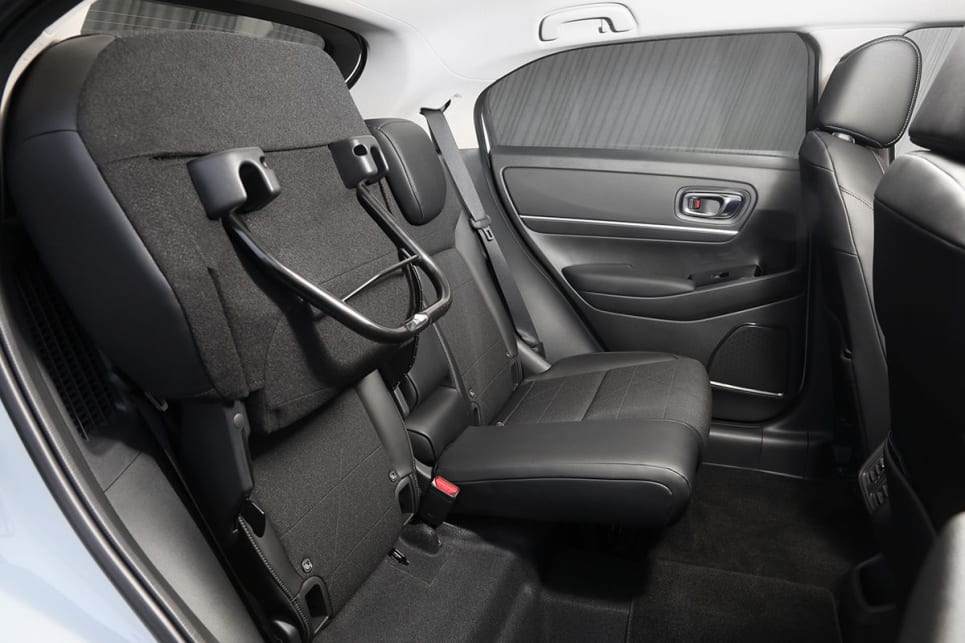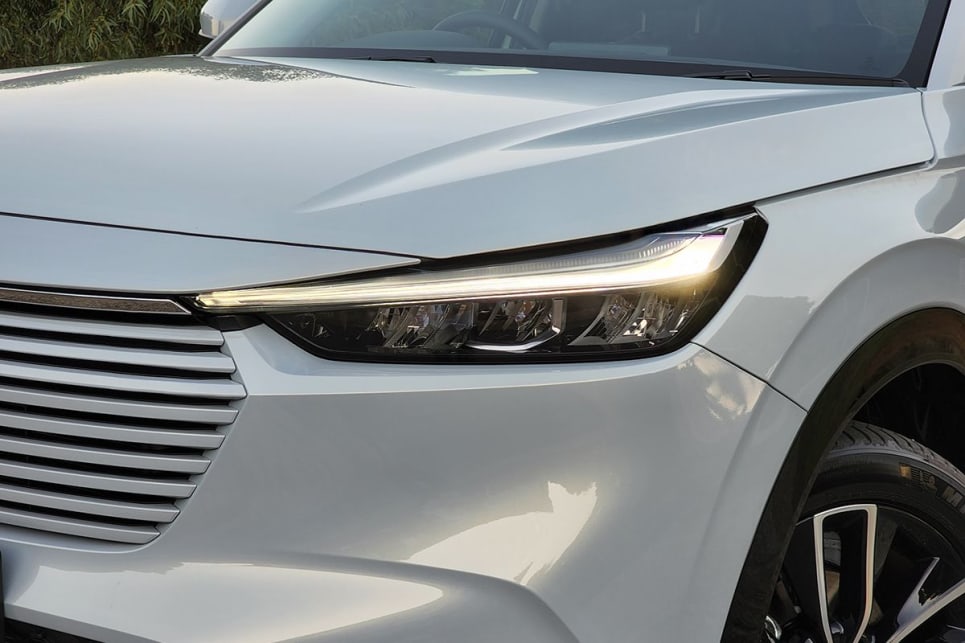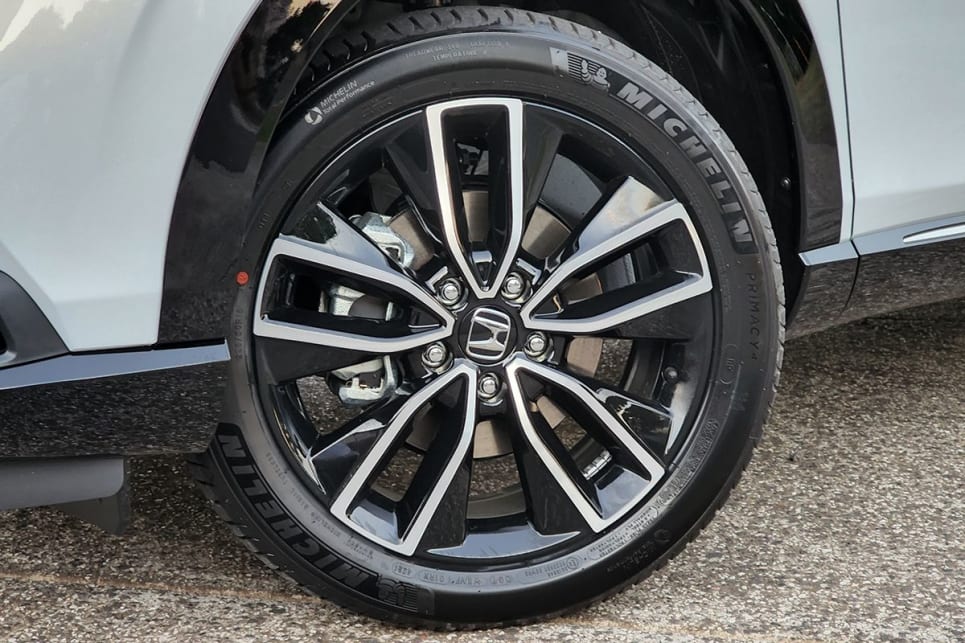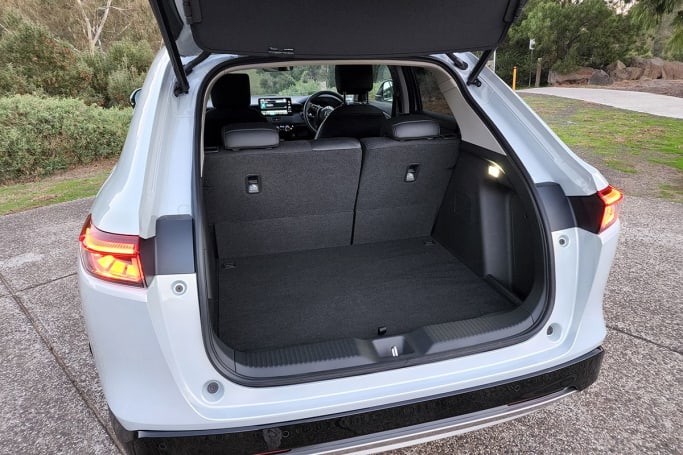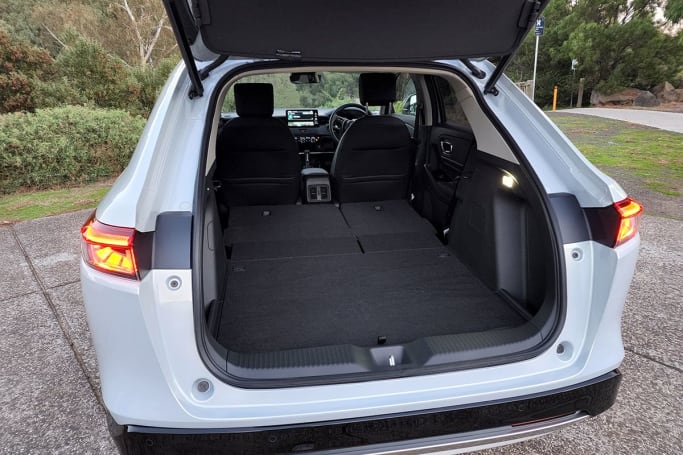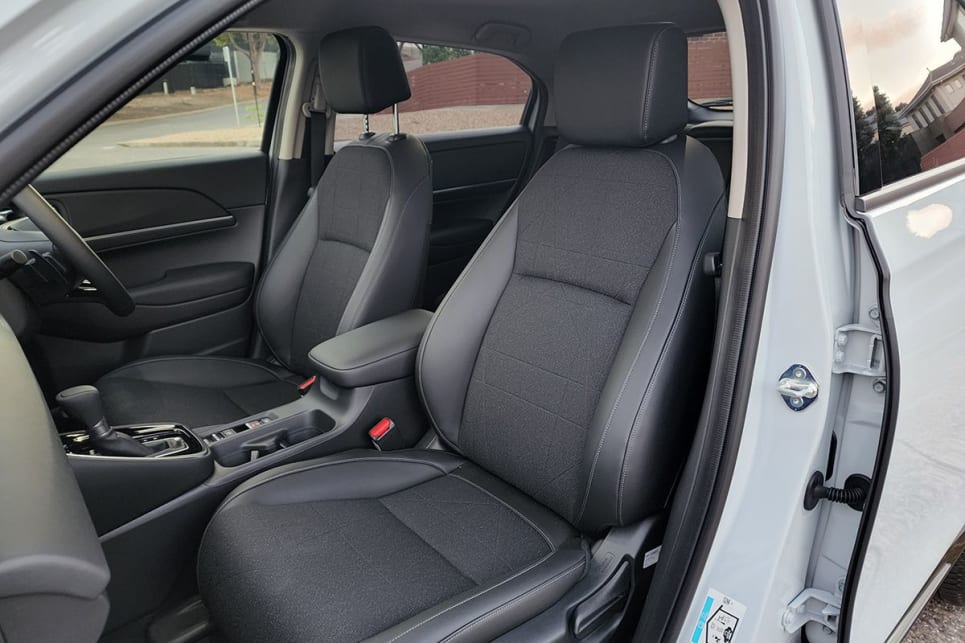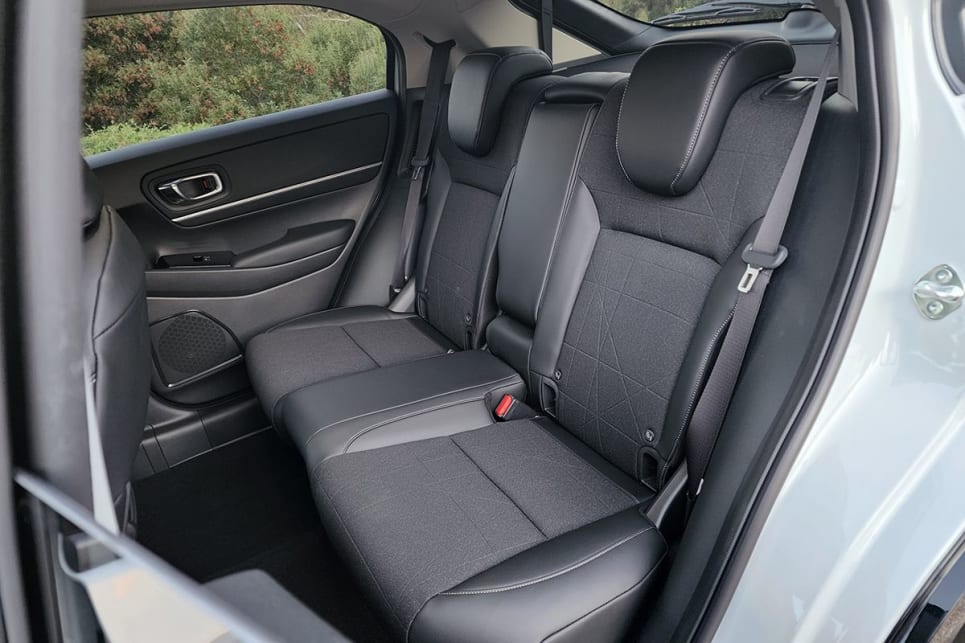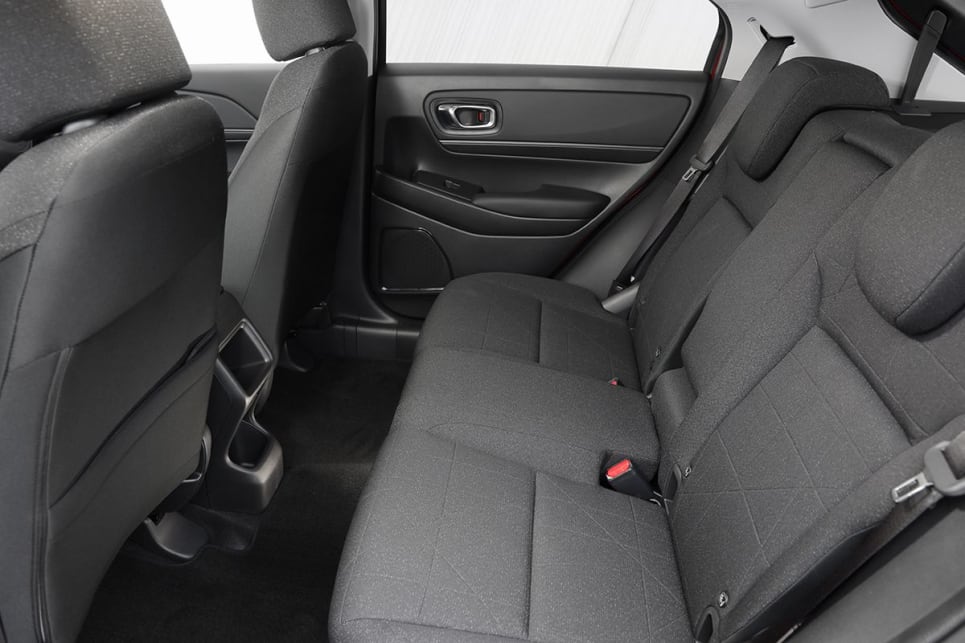This car was not universally panned for its poor ride quality, but comfort is a very subjective thing and if you’re felling the bumps, then you’re feeling them. And you’re not alone, because many owners of SUVs have experienced the very same thing.
By raising the ride height of a hatchback to create an SUV or cross-over, manufacturers suddenly find themselves with a vehicle that has a higher centre of gravity. That means that the car tends to roll more heavily in corners. The solution to keeping the car a tidy handler is to make the springs (suspension) stiffer and, therefore, reduce the amount of body-roll that is felt. But that’s often at the expense of ride quality. And that’s probably what you’re feeling in your Honda.
You can change the springs for a softer set, but you’ll be dramatically changing the car’s dynamic responses and could even find this change throws up all sorts of ABS and ESP anomalies as well as making the car technically unroadworthy. But all is not lost.
The other thing that has a dramatic affect on a car’s ride quality is the wheel and tyre package fitted. As manufacturers charge more for each hike in trim level, they also tend to fit tyres that are wider and have a smaller sidewall profile, for a sportier appearance. But here’s the problem: The smaller the tyre’s sidewall (it’s profile) the fewer bumps that tyre can absorb before it passes that bump on to the suspension and, ultimately, into the base of your seat. I’m tipping your car is an up-spec HR-V with 18-inch wheels and tyres and these, in fact, are the cause of the choppy ride you dislike so much.
The solution might be to fit the 17 or even 16-inch wheels and tyres from a lower-spec HR-V. You might find a Honda dealer who will swap your wheels and tyres for another set or even another HR-V owner who wants to upgrade to your 18-inch tyres in exchange for their 16-inchers. Opting for a smaller tyre with a higher sidewall is where we’d always start when attempting to improve a vehicle’s ride quality.


